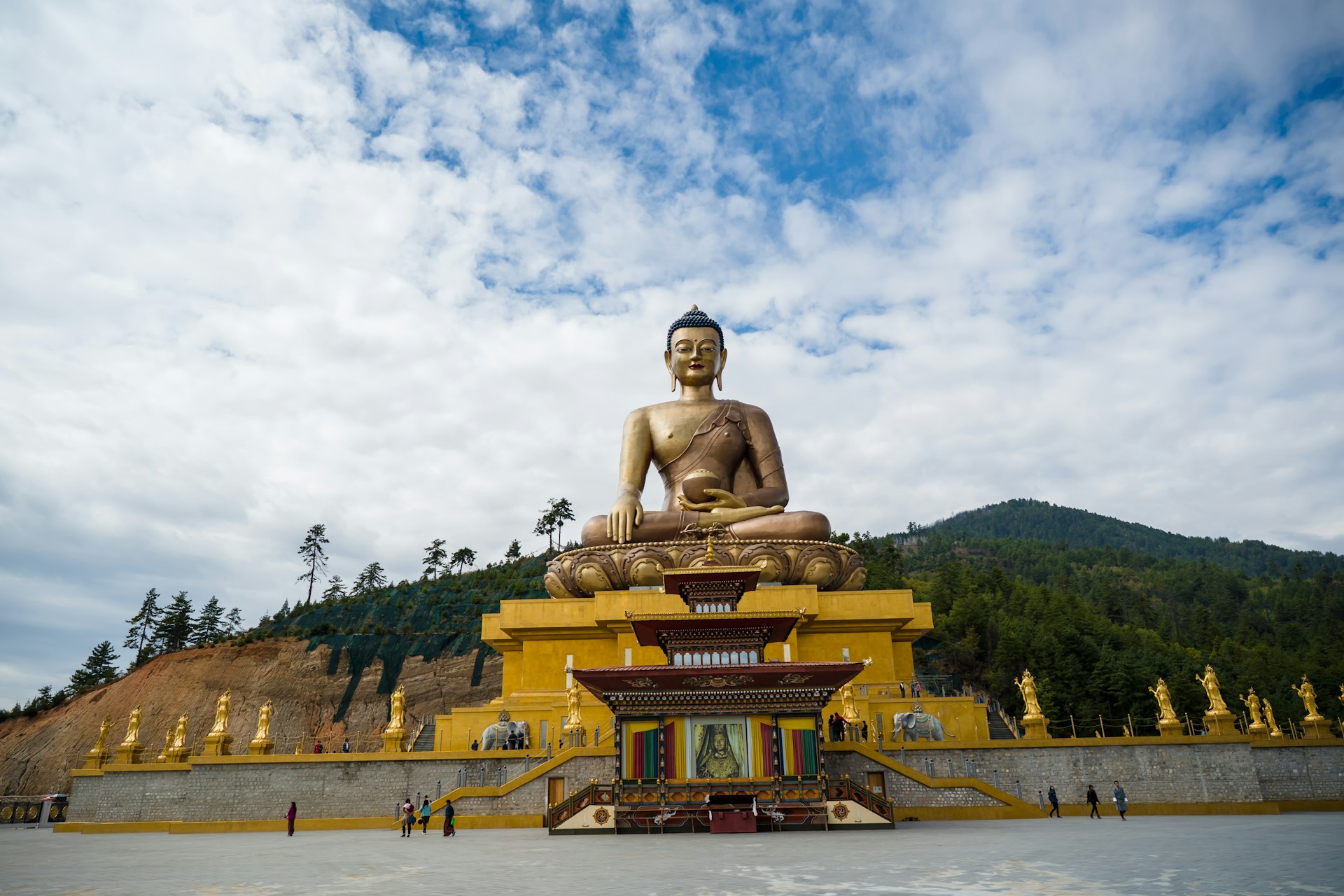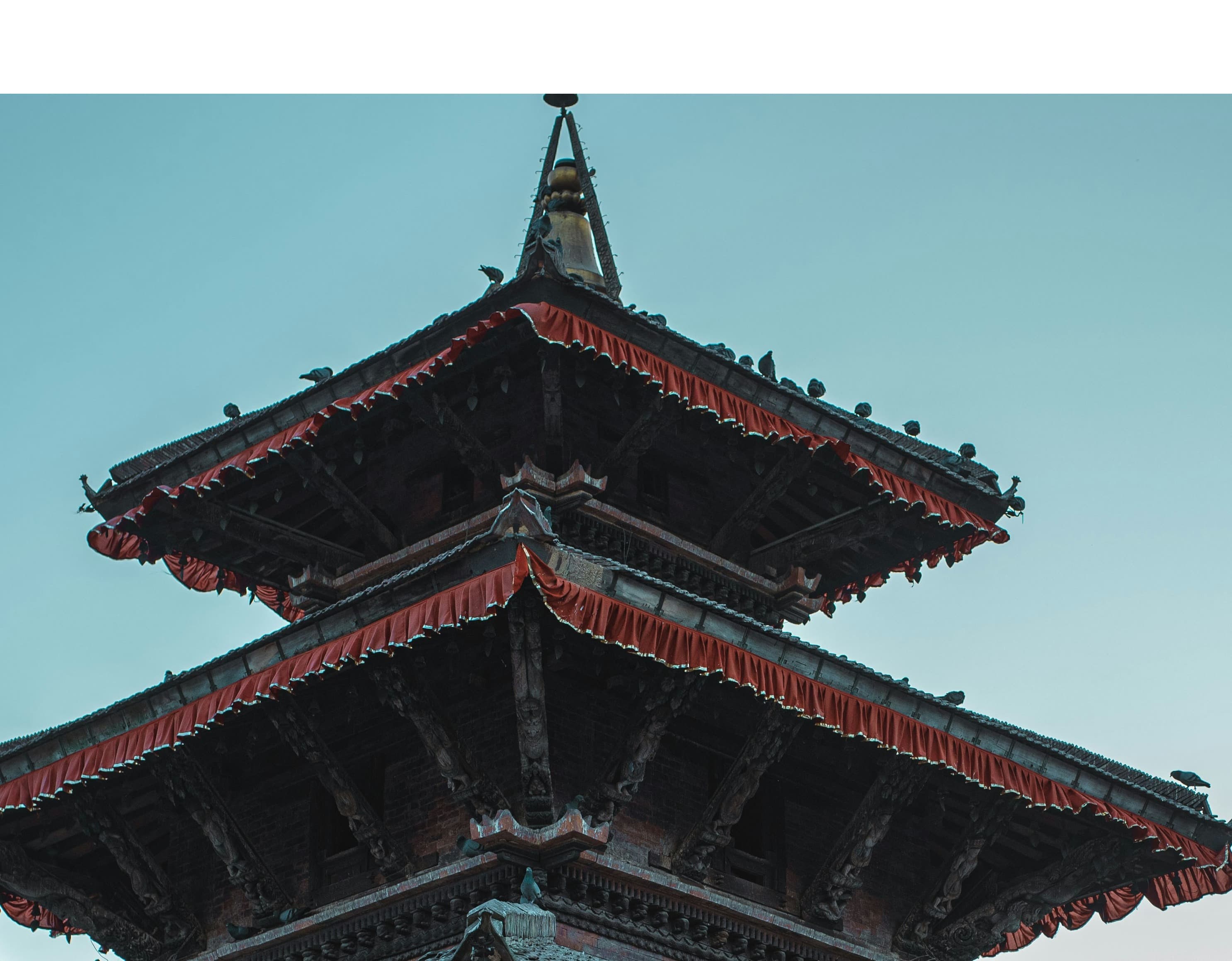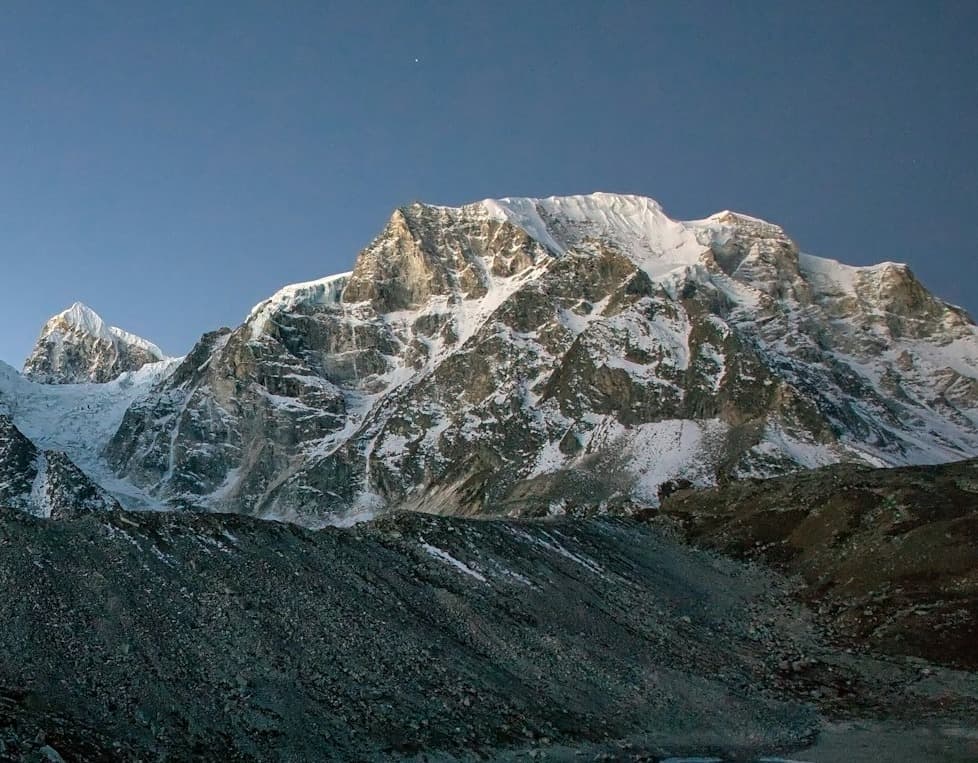Bhutan Cultural Tour Overview
Embark on the Bhutan Cultural Tour, a captivating journey to the Land of the Thunder Dragon, where you can deeply immerse yourself in the profound cultural heritage and the serene aura of Bhutan. This tour is designed to showcase the unique culture, people, and traditional lifestyles of Bhutan, a country that has maintained its cultural purity by limiting the influence of external modernization and mass tourism.
Unlike many destinations where global influences dilute local customs, Bhutan has successfully preserved its ancient culture, passed down through generations. The Bhutanese way of life remains largely untouched by the rapid advancements in communication and technology, holding steadfast to its historical values and practices.
Bhutan Cultural Tour Highlights The Bhutan Cultural Tour offers a window into the heart of Bhutanese art, architecture, history, and music. It includes visits to the heritage-rich cities of Paro and Thimphu, where lively exploration awaits. Participants will have the opportunity to explore well-preserved national monuments, including monasteries, dzongs, and fortresses, alongside engaging visits to various museums.
Experiencing Bhutan during a festival season adds another layer of enrichment, allowing visitors to witness the vibrant celebrations, traditional clothing, and the joyful demeanor of the Bhutanese people, all contributing factors to Bhutan’s reputation as a land of happiness.
Brief Itinerary of the Bhutan Cultural Tour This concise cultural tour spans four days, focusing on significant heritage sites in Paro and Thimphu. The journey begins with a scenic flight into Paro, the location of Bhutan's only international airport. The itinerary includes comprehensive sightseeing tours in Thimphu followed by Paro, enriching visitors with insights into the distinct aspects of Bhutanese history and culture.
A key highlight of the tour is a trek to the iconic Tiger’s Nest Monastery in Paro, an architectural marvel perched dramatically on a cliffside, providing awe-inspiring views and a memorable culmination to the cultural exploration.
Ready to Explore Bhutan?
If the Bhutan Cultural Tour sparks your interest, connect with your trusted travel partner, Heaven Himalaya. We offer guaranteed departure dates and the flexibility to arrange private tours to accommodate your schedule. For those looking to extend their adventure, consider our comprehensive multi-country packages, such as the Nepal Tibet Bhutan Tour, designed to enrich your experience of the Himalayan region.
Embark on this journey to experience the untouched cultural landscape of Bhutan and discover why it stands as a beacon of enduring happiness and cultural integrity in the modern world.
.jpg)
Additional insights can one gain about Bhutan and the reasons to embark on its exploration
Exploring Bhutan offers an unparalleled opportunity to delve into a land distinctly different from any other. Embarking on a 7-day Bhutan Cultural Tour provides a profound glimpse into the deeply preserved Buddhist culture and the breathtaking natural beauty of the region. Bhutan stands apart, a nation steadfast in maintaining its cultural integrity, untouched by external influences, and firmly rooted in traditions passed down by ancestors.
This cultural journey through Bhutan immerses you in vibrant festivals and a pristine way of life amidst a population known for its simplicity and humility. It's an exploration in a land of ancient legends and mystical rites, making Bhutan the ultimate destination for those seeking to experience a new and unexplored aspect of life.
The Bhutan Cultural Tour is also a celebration of the country’s unique natural environment, featuring diverse landscapes and a rich tapestry of flora and fauna. The architectural splendor of Bhutan is evident in its Dzongs and traditional houses, which reflect the cultural heritage through their distinctive design and artistic detail.
This journey promises a series of delightful surprises and adventures, unique to this Himalayan kingdom. It begins with a scenic flight into Paro, setting the stage for a visit to the majestic Dzongs. In Thimphu, Bhutan's capital, you'll explore historic Chortens and museums that enrich the cultural experience. The journey continues through Punakha, offering stunning views of the eastern Himalayas and forests adorned with rhododendrons and oaks.
A Bhutan Cultural Tour is more than just a trip; it’s a once-in-a-lifetime adventure that combines learning, travel, and enjoyment, inviting the explorer in you to deeply connect with one of the world’s most secluded and culturally rich kingdoms.

Cultural Places in Bhutan




